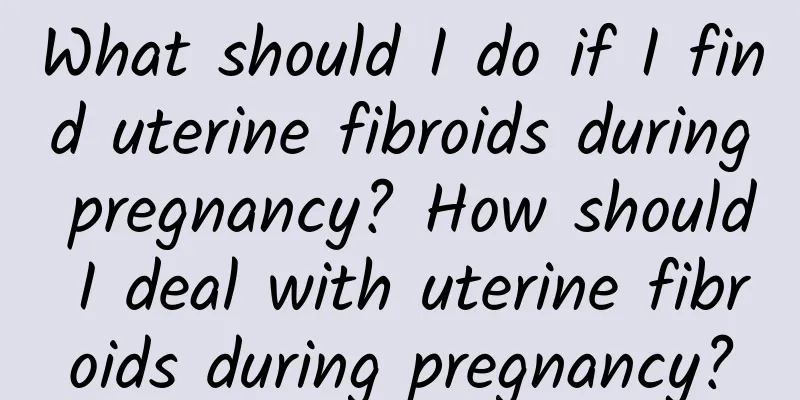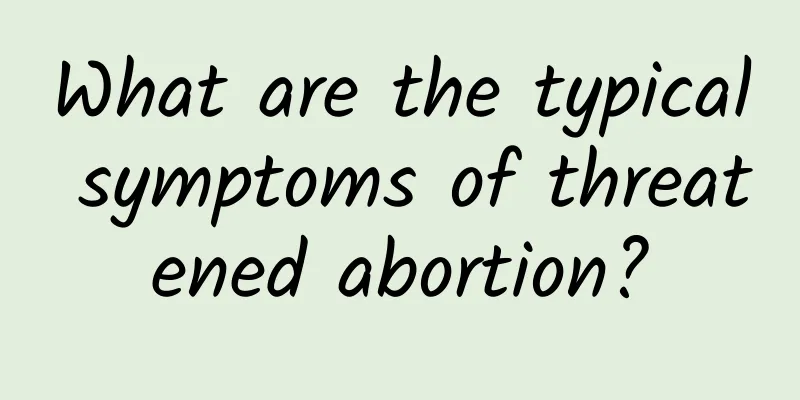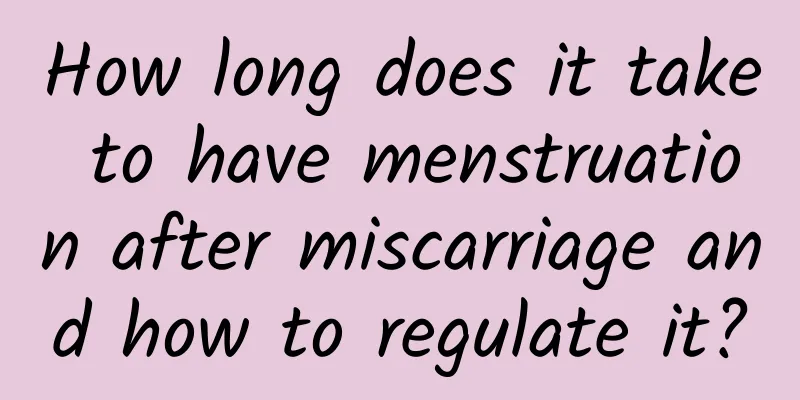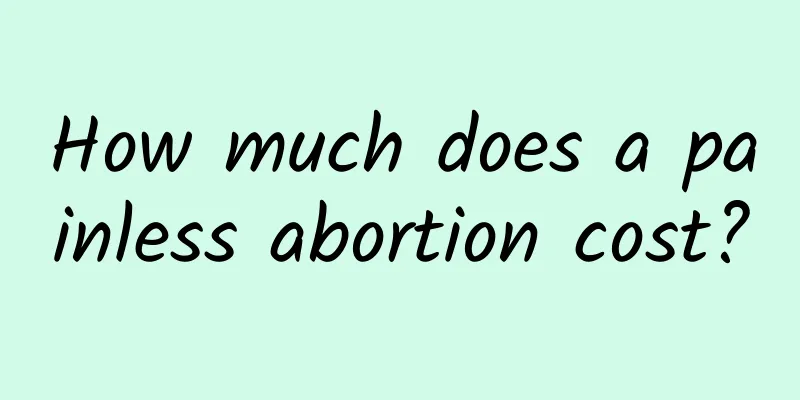What should I do if I find uterine fibroids during pregnancy? How should I deal with uterine fibroids during pregnancy?

|
Uterine fibroids are a common gynecological disease that has long troubled the health of many female compatriots. Recently, many patients with uterine fibroids have asked, if they are preparing to get pregnant, will uterine fibroids have any impact on this? What should I do next? These are some more practical questions, because every female compatriot wants to be a happy mother, so the following methods hope to help you. Generally speaking, surgery is only required for fibroids with special locations, heavy menstrual flow, bleeding, anemia, or a diameter greater than 5 cm. However, for submucosal fibroids in the uterine cavity, abortion may hinder future embryo implantation. Therefore, regardless of whether there are symptoms, treatment before pregnancy is recommended. So, how much uterine fibroids must be removed before pregnancy? If it is an intramural fibroid or subserosal fibroid with a diameter of no more than 4 cm, the patient can consider pregnancy. However, the patient needs to be informed that fibroids may grow rapidly during pregnancy, causing red degeneration due to ischemia or changes in uterine position, leading to miscarriage or premature birth. If the fibroids are located at the lower end of the uterus, that is, the diameter of the uterine fibroids in the cervix or other parts is less than 4cm, but the patient has infertility or multiple miscarriages and no other clear reasons can be found, the uterine fibroids can be removed first and then pregnancy can be achieved. Assuming that myomectomy is performed before pregnancy, how long does postoperative contraception need to be continued before pregnancy? This is a question that cannot be answered before surgery and needs to be judged based on the intraoperative situation. Generally speaking, if the fibroids are located between the muscle wall or serosa, the number is small, the integrity of the uterine wall is not significantly damaged during the removal process, and the uterine cavity is not entered, contraception should be continued for 6 months after surgery; if the number of fibroids is large, the uterine incision is multiple, the removal process is particularly difficult, or the uterine cavity is entered, it is recommended to use contraception for at least 1 year or even 2 years. Of course, for slender subpedicular fibroids connected to the uterus, if the operation goes smoothly and hardly damages the integrity of the uterine wall, contraception should be continued for 3 months after surgery. In principle, uterine fibroids are not usually removed during pregnancy unless there are some necessary circumstances. The main concerns are treatment during or after delivery: 1. Myomectomy during pregnancy may cause excessive blood loss; 2. Surgery may cause miscarriage and premature birth; 3. The wound in the uterine muscle wall may rupture in late pregnancy or during delivery. |
Recommend
Will a hysterectomy cause pelvic inflammatory disease?
Will a hysterectomy cause pelvic inflammatory dis...
How much is the cost of congenital absence of vagina surgery?
Most patients with congenital absence of vagina o...
Can B-ultrasound show intrauterine adhesions? Generally not.
Intrauterine adhesions cannot be directly display...
What are some effective exercises to relieve menstrual pain?
What are some effective exercises to relieve mens...
What are the measures for abortion care?
Nowadays, there are many people who are irrespons...
What are the symptoms of cervical erosion?
Cervical erosion is usually caused by infection d...
What are the precautions after ectopic pregnancy surgery?
Ectopic pregnancy is a common female disease. In ...
Consider carefully when choosing medical abortion
Female friends should note that medical abortion ...
Understanding the diagnosis of vulvar leukoplakia
The early symptoms of gynecological diseases are ...
What are the causes of irregular menstruation? Can gynecological diseases cause irregular menstruation?
Normal menstruation is an important sign of a mat...
A brief analysis of the treatment methods of common acute adnexitis
Acute adnexitis is a gynecological disease that c...
The glutton lost 43kg by reducing sugar in his diet! Master the 7 golden principles to lose weight, reduce fat and reduce waist circumference
If you are a glutton who loves to eat big meals, ...
What are the dangers of having sex one month after an abortion? Having sex after an abortion can easily cause two major dangers
Abortion is very harmful to the body, so we shoul...
How to treat uterine fibroids in women? Precautions for women with uterine fibroids
The uterus is a very important organ for women. W...
How much does it cost to see a doctor for early stage endometriosis?
As our living standards continue to improve, our ...









